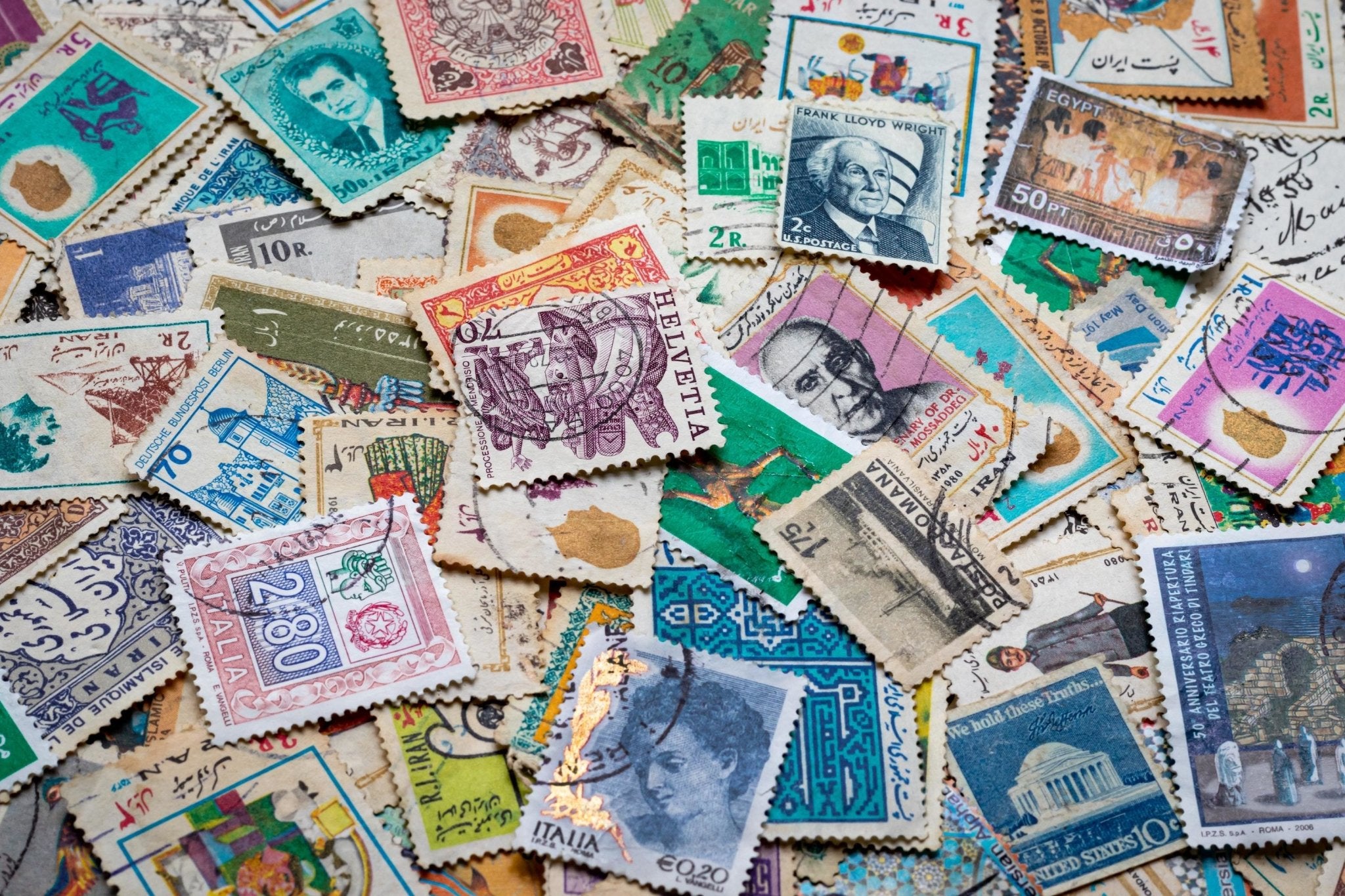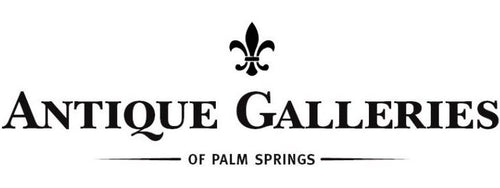Small Stamps Can Bring Big Money

Please note: AGPS does not buy or appraise stamps. For valuation we recommend one of the many online options, such as Worthpoint, Stampworld, or Stanley Gibbons.
It has long been the case that coins and stamps have reigned as the most popular of all collectibles. In particular, stamp collecting has attracted a wide range of prominent adherents, including Charlie Chaplin, Amelia Earhart, Queen Elizabeth II, and Ayn Rand. President Franklin Roosevelt was an avid collector, his own array of stamps numbering in the several millions. During the depths of WWII, he could often be found late at night organizing his stamps as a means of relaxation. Today, coin collecting has a solid lead over stamps in term of participation, but many stamp enthusiasts remain. And why not? Exceedingly rare stamps impart lessons of history, geography, and art without the issues of transportation and storage that many collectibles have. Given a keen eye, stamps can also be excellent investments. Let's look at the five most valuable stamps of all time to see why.
While it's not surprising that the rarest stamps should be the most valuable, it's rather odd that imperfections and mistakes add value rather than detract from it. In fact, our list of five biggies consist mostly of misprints, known in the field as errors. These errors are typically the result of inattention or honest mistakes in the printing process and generally caught in short order. The boo-boos are destroyed and efforts then made to correct the printing process. Nonetheless, errors are sometimes released to the public and it is those stamps that collectors seek the most.
At present, the world's priciest stamp is the British Guiana One Cent Magenta from 1856. This small octagonal stamp was discovered by a young boy some 17 years after its printing and is believed to be the only surviving example. Over the years it has changed hands several times, mostly recently for the whopping sum of nearly $9.5 million. While there is little to be said for its intrinsic value, its uniqueness clearly is irresistible to top-drawer collectors.
Next in line is the 1855 Treskilling Yellow, a Swedish stamp originally designed to be blue/green but for some reason briefly printed in yellow. A tiny number are known to exist, several of which were reportedly stolen some years ago from a London vault. At $2.6 million per copy, you wouldn't need many to retire in comfort.
The third stamp on our list is the Sicilian Error of Color printed in 1859. By now, two things are becoming apparent. First, these rarest of stamps are so well known to collectors that each has been anointed with its own immediately recognizable name. And second, there seems to have been quite a few color errors made during the 1850s. In any event, only two such Sicilian Errors are known to exist, one of which selling in recent years for the tidy sum of $1.6 million.
A further color error from this same decade is the Baden 9 Kreuzer printed in 1851, and of which there appear to be only four. Like the others on our list, it too is fairly unremarkable in appearance but that didn't stop one for selling for some $1.5 million in England several years back.
And last among our top five is the one most familiar to Americans: the Inverted Jenny from 1918. These 24-cent stamps featured the first biplane used by the US Postal Service to carry mail. Most were printed correctly but a handful were somehow released with the plane appearing upside down. Only a single sheet of 100 such stamps got out to the public with the stamps ultimately being separated and numbered by a collector. Interestingly the Inverted Jenny was reprinted in 2014 by the USPS as a nod to the 95th anniversary of the original mistake. Millions were printed, including a sly handful with the plane right-side up, but that purposeful mistake generated grief for the Postal Service as it is forbidden by law to intentionally print errors. In any event, real 1918 Inverted Jennys generally bring more than a million dollars whenever they are sold.
Despite all these lofty prices, you don't have to be a millionaire to enjoy stamp collecting. First Day of Issue covers, in which a new stamp is affixed to a decorative envelope and postmarked on its inaugural day of release, are generally quite inexpensive and very popular. Likewise, colorful stamps from small island nations like New Hebrides were seen as a significant source of income for these countries and thus printed with dazzling images and color to make them more attractive to collectors. They are still to be had for prices much less than a good meal. When buying stamps, consider adopting a specialty (e.g., country or subject matter) and look for image quality and condition. It can be a thoroughly satisfying lifelong hobby.






